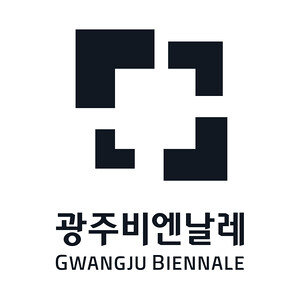September 7–November 11, 2018
On September 11, the Gwangju Biennale Foundation initiated its 12th edition which employs a new structure, with multiple curators instead of a system under a single artistic direction, while articulating the Biennale’s characteristics, which focus on the historicity and the spatial meanings of Gwangju. Based on the experiences accumulated over the past 23 years of the Biennale, its curatorial team is expected to formulate diversified exhibitions that ruminate on both the past and the present of human civilization and explore alternatives for the future while re-illuminating the city of Gwangju.
The processes of on-site curating with multiple curators will instill new energy in the Biennale, setting up the synchronic (spatial) and diachronic (historic) pillars of the hosting city. The collective curatorship will embody a wealth of diverse ideas and discourses in the form of visual arts.
After the curatorial research and two committee meetings, the Foundation had decided on Imagined Borders as the theme of the next Biennale. This theme references both Benedict Anderson’s book Imagined Communities and Beyond Borders, the theme of the first Gwangju Biennale held in 1995.
Imagined Borders, a term appropriated from Benedict Anderson’s literature on nationalism titled Imagined Communities: Reflections on the Origin and Spread of Nationalism, deals with the national and geopolitical reconstruction that has taken place on a global level. It will explore issues beyond geopolitical boundaries including economical, generational, psychological borders and borderlessness from diverse perspectives. Especially at a time when the invisible yet iron borders—not dichotomous borders (e.g., between nations and generations) but the more complex borders among diverse elements—have emerged, the theme Imagined Borders will provide an opportunity to reconsider the agenda of the global community of our times.
The Gwangju Biennale has a history of engaging with the city, and its transformations, and of having hosted 1414 artists and over 7 million visitors in a period of nearly 23 years. From this perspective, a return to the theme of that first edition of the Biennale could provide an opportunity to reflect on its history while exploring what borders might mean today. These issues have begun to feel more pressing now and have continued to inform discussions between artists, curators and thinkers.
In addition to the exhibition, the Gwangju Biennale Foundation will present the Monthly Gatherings as an integral part of lively programs, which includes GB Talks and Artist Studio Visit, and the Education Program for schools and communities.
Further information:
Exhibitions Team, Gwangju Biennale Foundation
T +82 (0) 62 608 4332 / F +82 (0) 62 608 4229 / ara.cho [at] gwangjubiennale.org


